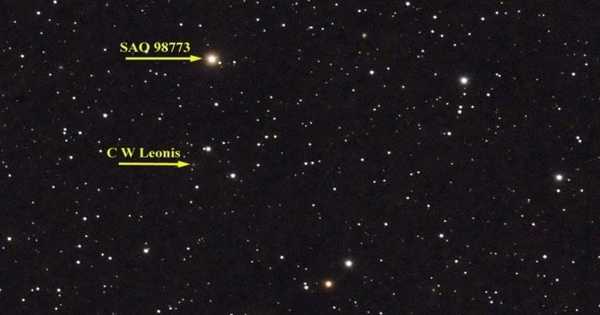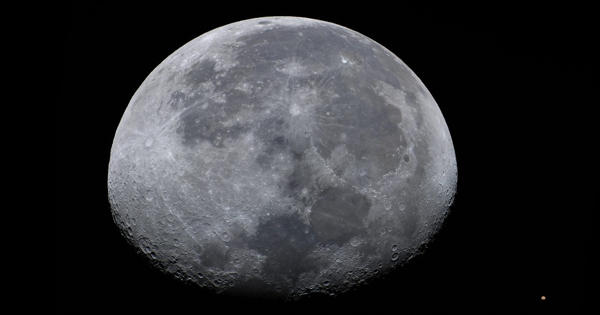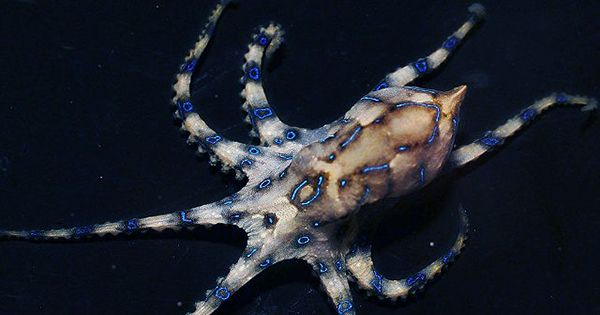CW Leonis is a red giant star composed primarily of carbon. It is a star of the Carbon Star type. It is more than 500 times the size of the Sun and is located in the constellation Leo. It’s a well-studied carbon star surrounded by a thick dust envelope. The SPIRE and PACS cameras cannot see the red giant carbon star because it is too bright, but it is ejecting material in a violent stellar wind.
It was discovered by a group of astronomers led by Eric Becklin in 1969, based on infrared observations made with the 62-inch (1.6-meter) Caltech Infrared Telescope at Mount Wilson Observatory. When astronomers using the Submillimeter Wave Astronomy Satellite (SWAS) discovered an unexpected cloud of water vapor around the old star CW Leonis in 2001, they immediately began looking for the source.
CW Leonis is a red giant star that is only a few times the mass of the Sun but has expanded to hundreds of times its size. It is a well-studied carbon star that is embedded in a thick dust envelope.
Its energy is primarily emitted at infrared wavelengths. It was discovered to have the highest flux of any object outside the Solar System at a wavelength of 5 m. Water is known to exist around a variety of stars, but because CW Leonis is a “carbon star,” it is assumed that it does not produce water.
The CW Leonis Radius is calculated to be 390.00 times larger than the Sun. The radius of the Sun is 695,800km, so the radius of the star is estimated to be 271,362,000.00km. If you need the diameter of the star, simply multiply the radius by two. The radius error range is between 390.000 and 500.000.

Properties
CW Leonis is thought to be nearing the end of its life, blowing off its own sooty atmosphere to form a white dwarf in the far future. Based on magnesium isotope ratios, the initial mass of this star has been estimated to be between 3–5 solar masses. The core mass of the star, as well as the star’s final mass once it becomes a white dwarf, is approximately 0.7–0.9 solar masses. Its bolometric luminosity varies over a 649-day pulsation cycle, ranging from a minimum of approximately 6,250 times the Sun’s luminosity to a maximum of approximately 15,800 times. A luminosity of 11,300 L☉ best represents the star’s overall output.
Properties
This star’s carbon-rich gaseous envelope is at least 69,000 years old, and it loses about (1–4) × 10-5 solar masses per year. At least 1.4 solar masses of material are contained within the extended envelope. This dust envelope has a complex structure, including partial arcs and unfinished shells, according to speckle observations from 1999. This clumpiness could be caused by a magnetic cycle in the star, similar to the solar cycle in the Sun, which results in periodic increases in mass loss.
Various chemical elements and about 50 molecules, including nitrogen, oxygen, and water, as well as silicon and iron, have been detected in the outflows from CW Leonis. One theory held that the star was once surrounded by comets that melted as the star expanded, but water is now thought to form naturally in the atmospheres of all carbon stars.
Distance
If the distance to this star is assumed to be at the low end of the estimate range, 120 pc, the astrosphere surrounding the star has a radius of approximately 84,000 AU. The star and its surrounding envelope are moving through the interstellar medium at a rate of more than 91 km/s. It is moving with a space velocity of [U, V, W] = [21.6 ± 3.9, 12.6 ± 3.5, 1.8 ± 3.3] km s-1.
















